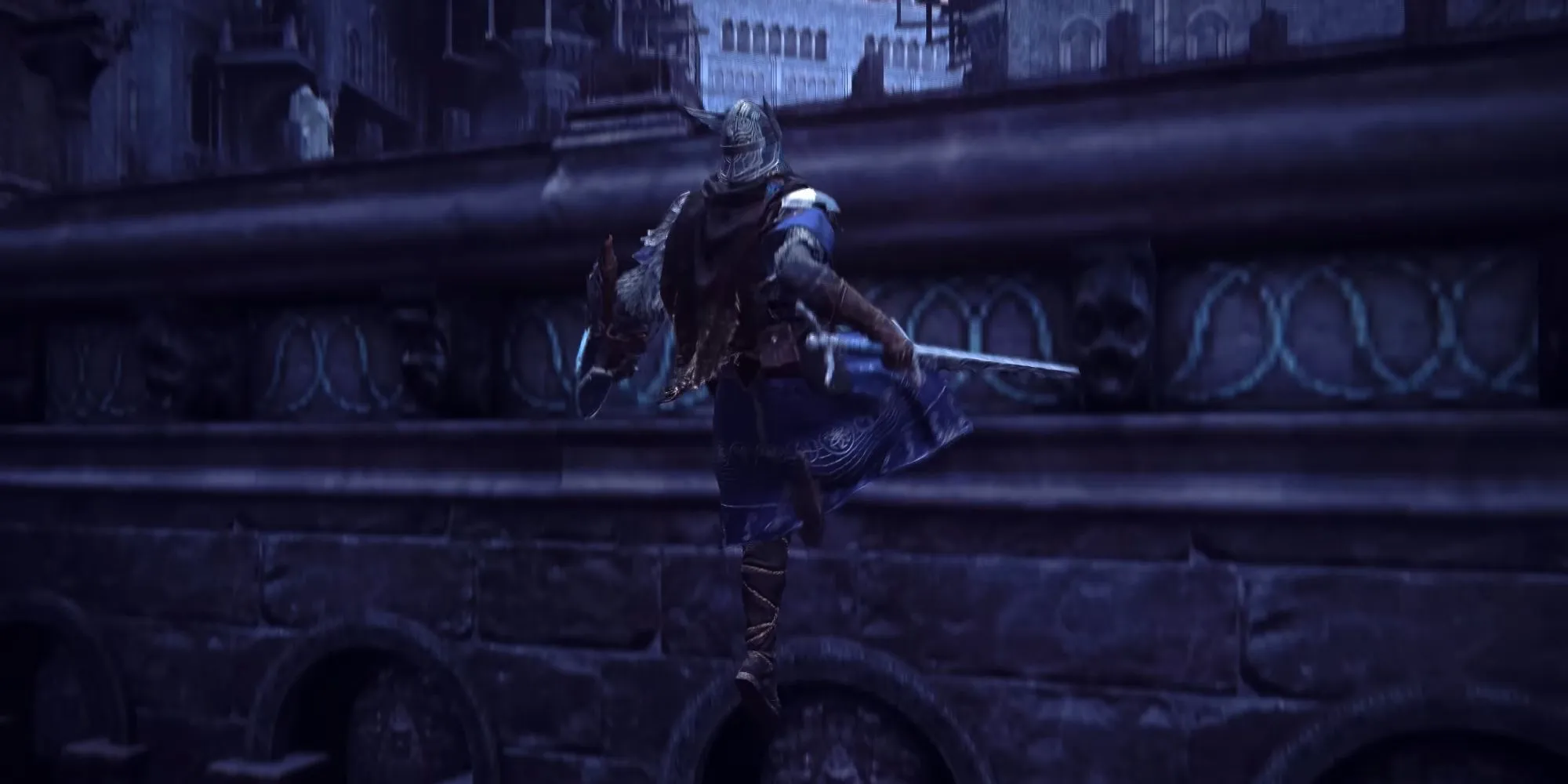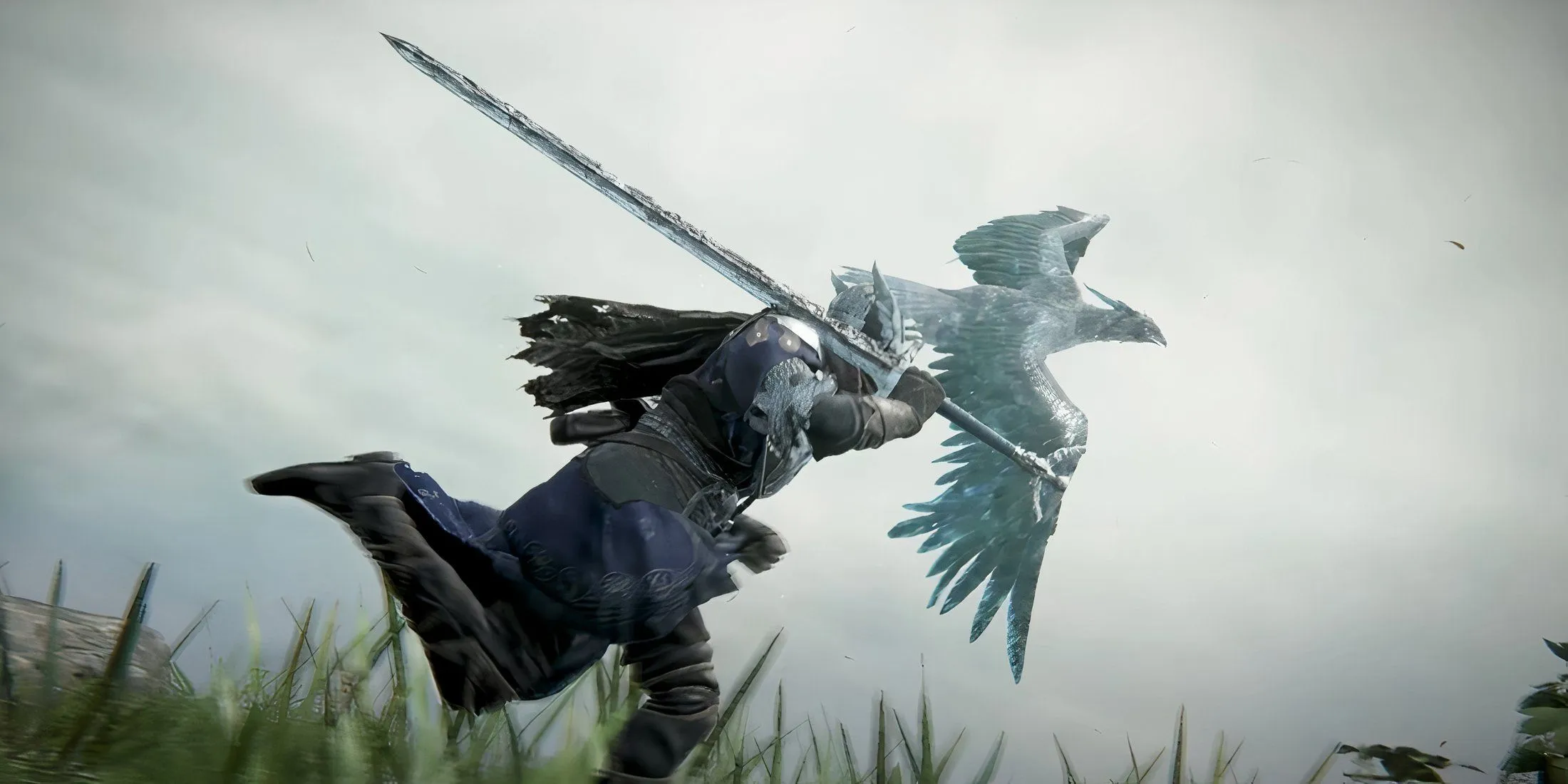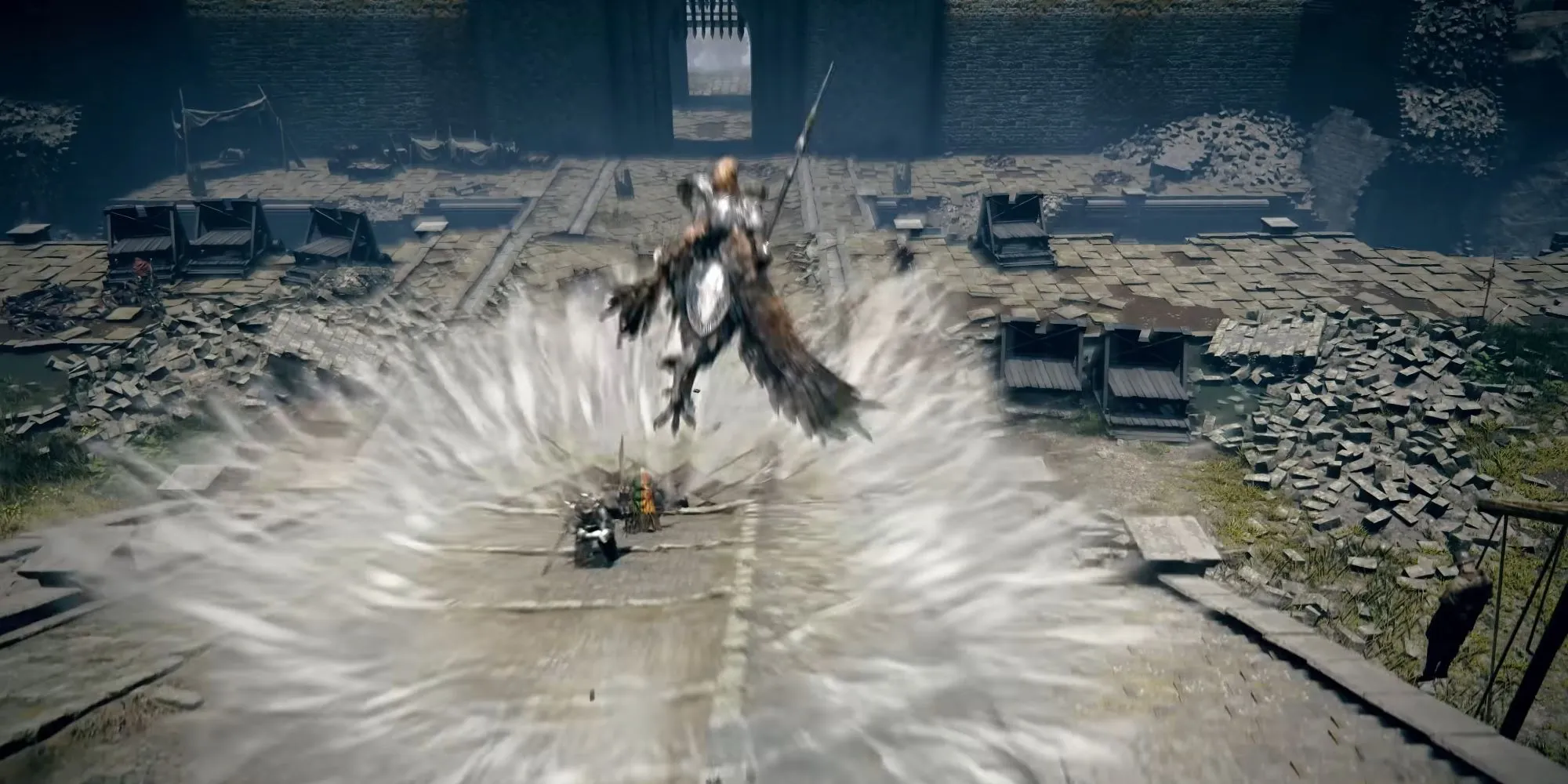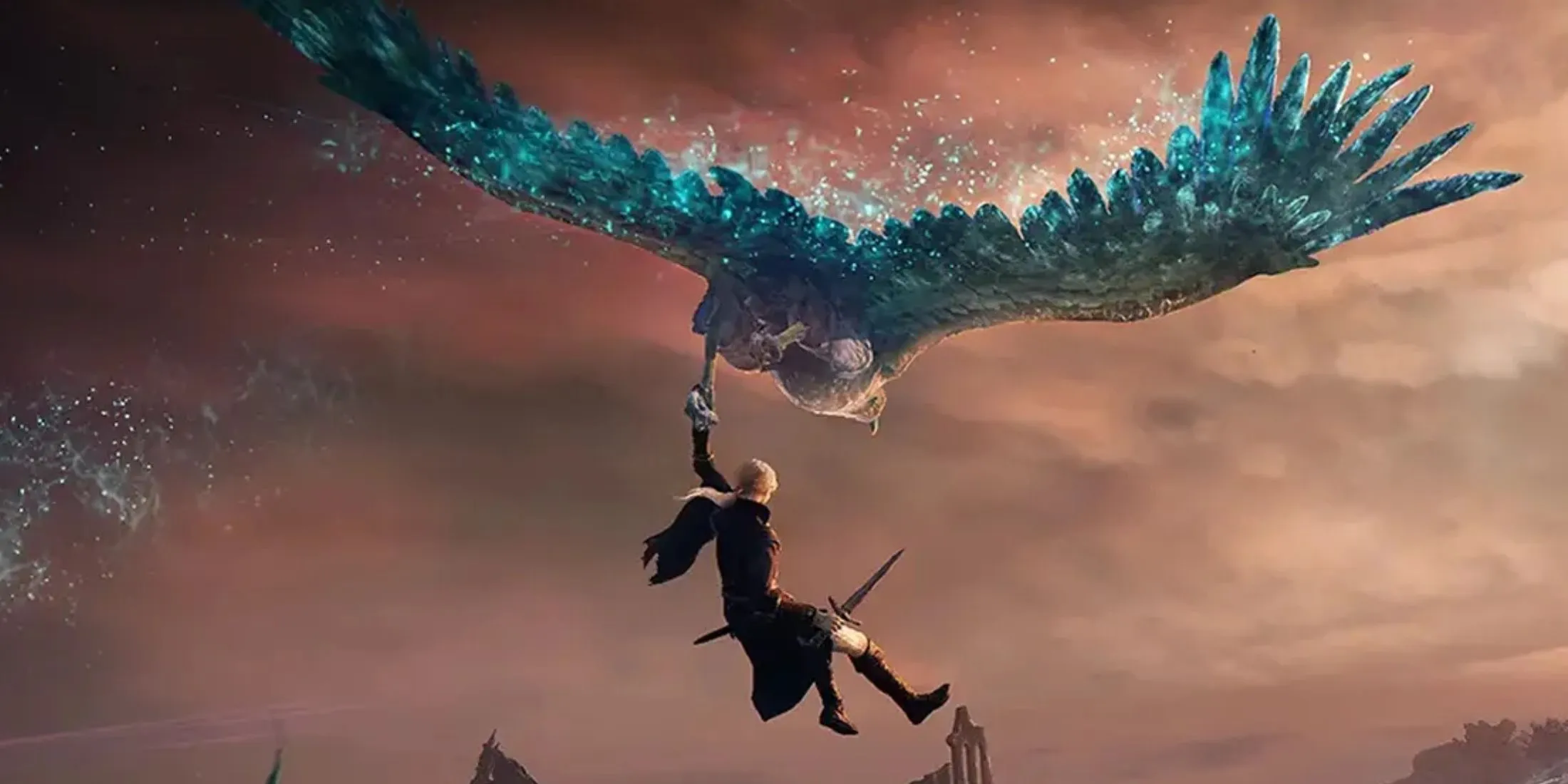
In the world of gaming, two companies consistently defy expectations: FromSoftware and Nintendo. The recent announcement of Elden Ring Nightreign serves as a prime example, presenting a fresh co-op approach to the beloved Elden Ring formula. As this new title is set to debut, it opens up intriguing possibilities regarding what The Legend of Zelda might glean from its innovations once it enters the realm of multiplayer gaming.
Traditionally, The Legend of Zelda has been synonymous with single-player experiences, but its venture into multiplayer gaming is not uncharted territory. It began with The Legend of Zelda: Four Swords, allowing as many as four players to traverse the game simultaneously. This multiplayer concept was expanded in Four Swords Adventures, which introduced competitive modes and further developed in titles like Tri Force Heroes—where cooperation is essential—and the Hyrule Warriors series. While these multiplayer experiments have their own strengths, the latest developments in gaming suggest that a fresh perspective might be needed to modernize Zelda’s co-op offerings, and looking at Nightreign may be just the way to start.
Lessons The Legend of Zelda Could Learn from Nightreign





Successes of Nightreign That Zelda Could Emulate
Should Elden Ring Nightreign continue FromSoftware’s legacy of critical acclaim, Nintendo has ample reason to pay attention. Nightreign exemplifies how a single-player-focused series can successfully pivot to a multi-player model, a significant consideration for the Zelda franchise as it seeks to evolve.
Certain features from Nightreign, such as its diverse character archetypes and roguelike elements, could mesh beautifully with a co-op iteration of Zelda. The procedurally generated dungeons seen in Four Swords, which already share characteristics with roguelikes, could learn from how Nightreign integrates similar mechanics into its combat system. While Zelda and Soulslike games are distinct genres, the innovative puzzle-solving mechanics seen in Breath of the Wild and Tears of the Kingdom showcase that interactivity can thrive beyond mere combat, hinting that elements from Nightreign’s design could enhance this aspect of the Zelda gameplay experience.
Nightreign: A Possible Cautionary Tale for Zelda’s Multiplayer Future
The gaming community currently anticipates that Nighreign will be met with widespread success, largely due to FromSoftware’s near-legendary standing since the launch of Demon’s Souls in 2009. No other AAA developer has consistently delivered such a series of high-quality, genre-defining titles in a brief span. Nonetheless, success in the gaming arena is never guaranteed.
There remains a possibility that Nightreign may not achieve the anticipated acclaim. Challenges such as potential mismatches between roguelike elements and classic Soulslike gameplay could arise, as well as possible technical issues or narrative weaknesses. While these scenarios may not be likely, they are worth contemplating, as both FromSoftware and Nintendo could learn valuable lessons from any missteps.
One aspect of Nightreign worth scrutinizing is its incorporation of crossover content with the Dark Souls series. Given Zelda‘s distinct timelines, a similar approach for a co-op title might produce intriguing results. The outcomes of such crossover endeavors could provide critical insights for Zelda should it explore co-op gaming.
As we look ahead to 2025, Elden Ring Nightreign is poised to be a noteworthy addition to the AAA gaming landscape. With the gaming industry traditionally mirroring FromSoftware’s innovations in single-player design over the past decade, this title could potentially spark a transformation in cooperative gameplay. For The Legend of Zelda, an iconic series with a complex history balancing both multiplayer and single-player experiences, this trend is one well worth monitoring.




Leave a Reply ▼